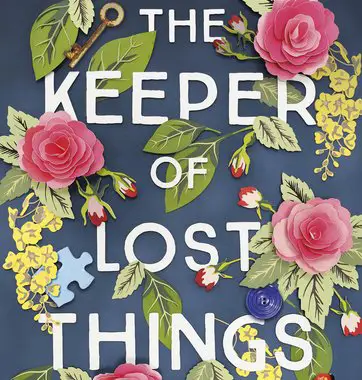

Other science fiction works of the period, including Edward Bellamy's novel Looking Backward: 2000-1887 (1888) and the later film Metropolis (1927), dealt with similar themes. It is also thought that Wells' Eloi race shares many features with the works of other English socialists, most notably William Morris and his work News from Nowhere (1890), in which money is depicted as irrelevant and work is merely undertaken as a form of pleasure. It is also influenced by Ray Lankester's theories about social degeneration and shares many elements with Edward Bulwer-Lytton's novel Vril, the Power of the Coming Race (1871). The story reflects Wells's own socialist political views, his view on life and abundance, and the contemporary angst about industrial relations. Nearly all modern reprints reproduce the Heinemann text. These two editions are different textually and are commonly referred to as the "Holt text" and "Heinemann text", respectively. Henry Holt and Company published the first book edition (possibly prepared from a different manuscript) on Heinemann published an English edition on 29 May.

LOST TO TIME GOODREADA SERIAL
Wells readily agreed and was paid £100 (equal to about £12,000 today) on its publication by Heinemann in 1895, which first published the story in serial form in the January to May editions of The New Review (newly under the nominal editorship of W.
LOST TO TIME GOODREADA SERIES
Wells frequently stated that he had thought of using some of this material in a series of articles in the Pall Mall Gazette until the publisher asked him if he could instead write a serial novel on the same theme. This work, published in his college newspaper, was the foundation for The Time Machine. Wells had considered the notion of time travel before, in a short story titled " The Chronic Argonauts" (1888).

In his 1931 preface to the book, Wells wrote that The Time Machine seemed "a very undergraduate performance to its now mature writer, as he looks over it once more", though he states that "the writer feels no remorse for this youthful effort". It is believed that Wells' depiction of the Eloi as a race living in plenitude and abandon was inspired by the utopic romance novel News from Nowhere (1890), though Wells' universe in the novel is notably more savage and brutal. A work of future history and speculative evolution, Time Machine is interpreted in modern times as a commentary on the increasing inequality and class divisions of Wells' era, which he projects as giving rise to two separate human species: the fair, childlike Eloi, and the savage, simian Morlocks, distant descendants of the contemporary upper and lower classes respectively. Utilizing a frame story set in then-present Victorian England, Wells' text focuses on a recount of the otherwise anonymous Time Traveller's journey into the far future. The term "time machine", coined by Wells, is now almost universally used to refer to such a vehicle or device. The work is generally credited with the popularization of the concept of time travel by using a vehicle or device to travel purposely and selectively forward or backward through time. The Time Machine is a science fiction novella by H. G.


 0 kommentar(er)
0 kommentar(er)
